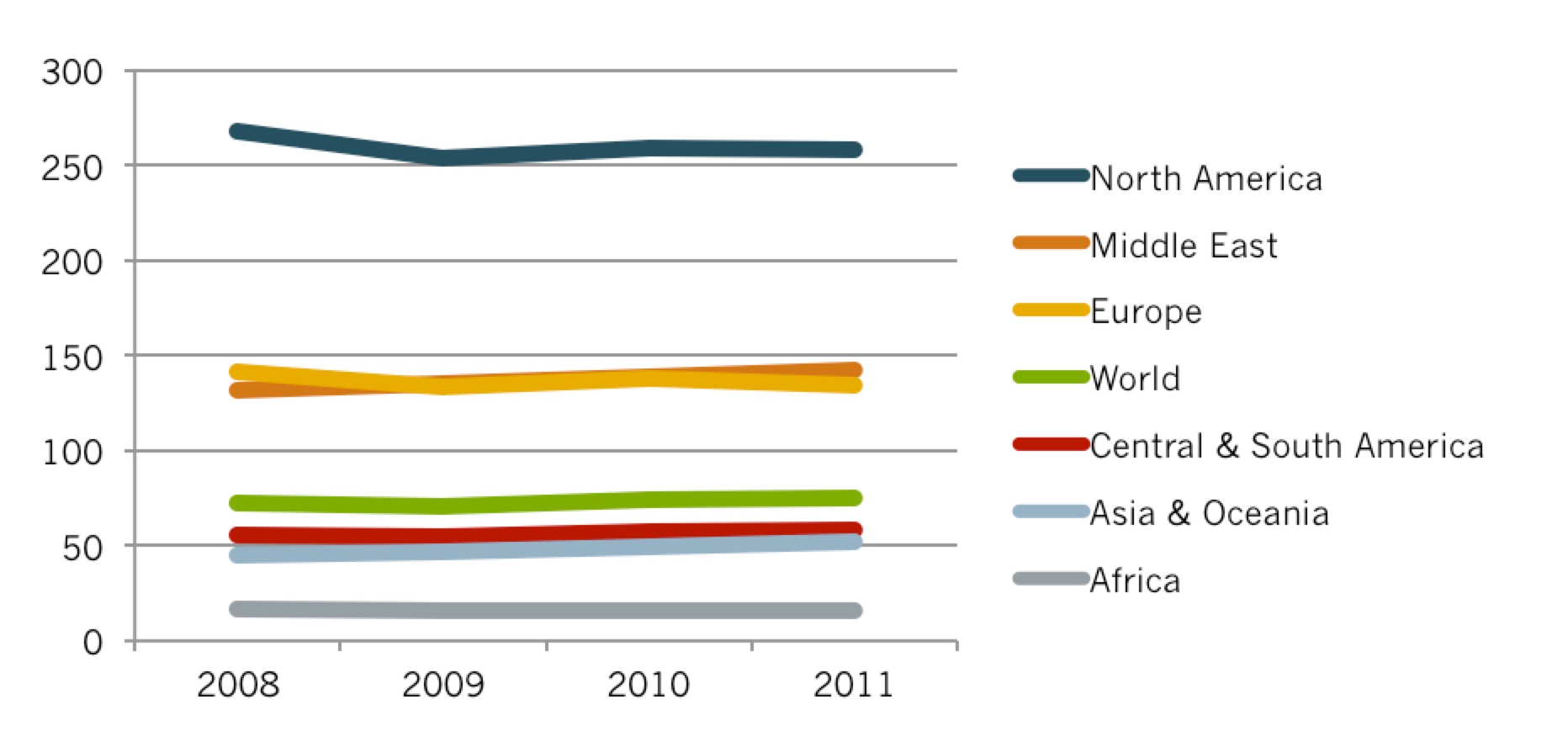by Elaine Gallagher Adams, AIA, LEEP AP
Architects will save the planet. Other keystone players are also critical to surviving climate change and resource depletion, but I’ll stick with my original statement and say that architects needs to be the superhero. You know the one … the masked (because few really know who we are unless we design a big shiny thing in the center of a world -class city) mega-muscled, hyper-focused oddball who flies straight at the metaphorical meteor and redirects it away from Earth in the nick of time. That’s us.
I teach architecture and urban design at SCAD. My students are ready to wear the super-suit, and it fits them well. They understand the urgency to design better buildings and cities and are starting to feel the responsibility as well as see the opportunities inherent in fixing our broken environment through mindful design. It’s a sure bet that our emerging architects will change the game. Most of the architecture and urban design students I talk with want to earn LEED credentials before graduating, and, if they’re in my Sustainable Design class, probably will. They’re also designing beautiful bio-climatic projects in studio to meet the Living Building Challenge, modeling energy consumption, and learning about topsoil science and the importance of nurturing healthy urban ecosystems. This isn’t your grandfather’s architecture school. We now teach and practice creative and integrative design that demonstrates the approach we must all pursue as part of a global solution to resource depletion and climate change.
The urgency is in the numbers. In 2013, 40 percent of total U.S. energy consumption was attributed to residential and commercial buildings (US Energy Information Administration, EIA.gov), and that number continues to rise due to the increasing efficiency of vehicles and increasing growth of population, consumption, and building size. North Americans still consume three and half times more than the average global energy per capita, with developing countries pursuing our consumerist lifestyle. Many scientists and policy makers agree we only have a decade to definitively reverse our CO2 emissions globally before hitting a point of no return. The urgency is here.
The architect’s responsibility is evident in our market impact. There are 5.5 million commercial buildings in the U.S., with a conservative renovation cycle of 30 years and an estimated 15 percent demolition rate during that period, creating a potential retrofit market of around 150,000 buildings each year. Additionally, over a million new commercial buildings will be constructed within that same 30 years. And who is designing these retrofits and new buildings? Architects. That’s a call to don our capes and tights and save the planet. The majority of all renovated and new buildings must be designed for current or near-future net zero carbon operations with minimal ecological footprint, or we could lose the game.
This is a HUGE opportunity for architects to make better buildings, reduce greenhouse gas emissions, and save the planet. Mindfully designed buildings mean healthier people, happier clients, a robust economy, vibrant cities, and healing ecology. Opportunity emerges in specialization as well. Once you put on your super-suit, what’s your superpower? Designing hospitals that contribute to faster healing? Or schools that inspire better learning and nurture curious students? Maybe today’s architecture students will make a significant step toward moving residential design to high performance, low consumption, healthy environments for families.
If we’ve already reached the tipping point for sustainable design, then today’s architecture students are the beneficiaries of this momentum. To ride this wave, every architect need to understand not only how to make a beautiful building that will be loved, but also how to make it perform like a symphony of integrated parts—generating more than consuming while contributing to a vibrant sustainable economy.
Elaine Gallagher Adams, AIA, LEED AP BD+C, is a professor of architecture and urban design at SCAD [www.scad.edu].


